Litter Robot 4 Troubleshooting: Quick Fix Guide
To troubleshoot Litter Robot 4 issues, ensure it’s on a level surface and check for obstructions. Use the self-service troubleshooters for technical support.
If problems persist, contact Litter-Robot support for further assistance. When dealing with a Litter Robot 4 malfunction, it’s crucial to address the issue promptly to ensure your cat’s comfort and maintain the functionality of the unit. Troubleshooting common problems such as sensor malfunctions, litter level issues, or seal strip problems can help resolve the issue efficiently.
By following the manufacturer’s guidelines and utilizing the self-service troubleshooters available, you can easily identify and fix any issues with your Litter Robot 4. Let’s delve deeper into the troubleshooting steps to ensure your Litter Robot functions smoothly and keeps your furry friend happy.
Introduction To Litter Robot 4
Explore troubleshooting tips for the Litter Robot 4 to tackle common issues like jam/overload errors, seal strip problems, and high litter levels. Resolve LED indicators, globe positioning, and power cycling challenges for seamless functioning.
Litter Robot 4 is an automatic self-cleaning litter box that is designed to make life easier for cat owners. It is a popular choice for many cat owners because it is easy to use and maintains a clean litter box for your cat. However, like any other electronic device, it can sometimes experience problems that require troubleshooting.
Common Issues And Quick Fixes
Here are some common issues that you may encounter with your Litter Robot 4 and the quick fixes that you can try:
| Issue | Quick Fix |
| All LEDs Flashing Blue | Check if the unit is on a firm and level surface. You can also try power cycling the unit. |
| Drawer Full Indicator | Empty the waste drawer and check for any obstructions that may be preventing it from closing properly. |
| The Globe is Not in the Base Properly | Remove and reinstall the globe ensuring that it is properly aligned. |
| The Status Bar is Still Solid Red After the Wait Timer | Check for any obstructions and ensure that the litter level is not too high. |
| Litter Level Too High | Remove some litter to bring the level below the fill line. |
| Seal Strips | Ensure that the seal strips are properly aligned and not obstructed. |
| Jam/Overload Error | Remove any obstructions and ensure that the litter is not clumping excessively. |
| Power Cycling | Unplug the unit, wait for 10 seconds, and then plug it back in. |
Importance Of Regular Maintenance
Regular maintenance is important for keeping your Litter Robot 4 in good condition. Here are some maintenance tips that you can follow:
- Clean the litter tray and waste drawer regularly.
- Replace the carbon filter every 3 months.
- Check the seal strips and replace them if they are damaged.
- Inspect the power cord and replace it if it is damaged.
By following these maintenance tips, you can prevent many of the common issues that can occur with your Litter Robot 4.

Identifying Litter Robot 4 LED Alert Codes
When troubleshooting your Litter Robot 4, understanding the LED alert codes is crucial. These codes provide valuable insights into the status of your device and help in diagnosing any issues efficiently.
Interpreting Blue Led Flashes
Blue LED flashes on your Litter Robot 4 indicate different scenarios based on the number of flashes. Here is a quick guide to interpret them:
- 1 Blue Flash: Indicates a successful cycle completion.
- 2 Blue Flashes: Signals a drawer that is full and needs to be emptied.
- 3 Blue Flashes: Suggests an issue with the waste drawer sensor.
Drawer Full Indicator Meaning
When the drawer full indicator lights up, it means that the waste drawer of your Litter Robot 4 is at capacity and requires immediate attention. Ignoring this alert can lead to disruptions in the automatic cycling process.
Litter Robot 4 Globe Positioning Problems
Proper globe positioning is crucial for the Litter-Robot 4 to function effectively. Globe positioning problems can lead to errors and malfunctions in the unit’s operation. Identifying and addressing these issues is essential to ensure smooth and efficient performance.
Correcting Misalignment
If the globe is misaligned, it can lead to operational issues. To correct misalignment, carefully inspect the alignment of the globe with the base. Make sure that the globe is properly seated and aligned with the base. If misalignment is detected, gently adjust the position of the globe to ensure it aligns correctly with the base of the unit.
Ensuring Proper Globe Seating
Proper seating of the globe within the base is essential for the Litter-Robot 4 to function optimally. Ensure that the globe is securely seated in the base, with no gaps or misalignments. Check for any obstructions or debris that may be preventing the globe from seating properly, and remove them if necessary. Once the globe is seated correctly, test the unit to ensure smooth operation.
Understanding Litter Robot 4 Error Indicators
The Litter-Robot 4 is designed to make your life easier by automating the litter box cleaning process. However, like any complex device, it can encounter errors. Understanding the error indicators is crucial for troubleshooting and resolving issues with your Litter-Robot 4.
Addressing Solid Red Status Bar
If you notice a solid red status bar on your Litter-Robot 4, it indicates a problem that needs to be addressed. This error could be due to various issues such as a full waste drawer, litter level errors, or other mechanical problems. To address this, follow the troubleshooting steps provided by the manufacturer to identify and resolve the specific issue causing the solid red status bar.
Troubleshooting Litter Level Errors
Litter level errors can cause disruptions in the normal functioning of the Litter-Robot 4. If you encounter litter level errors, it’s important to take immediate action to resolve the issue. Start by checking the litter level and ensuring that it is within the recommended range. Additionally, inspect the litter chamber for any blockages or obstructions that may be triggering the litter level error. Clearing any obstructions and ensuring the correct litter level can often resolve this issue.
Preventing And Clearing Jams For Litter Robot 4
Preventing and clearing jams in your Litter-Robot 4 is essential for maintaining its smooth operation. Detecting jam and overload errors, as well as understanding the steps for unjamming, will help you keep your Litter-Robot 4 in optimal working condition.
Detecting Jam/overload Errors
When your Litter-Robot 4 encounters a jam or overload, it will display specific error indicators to alert you to the issue. These indicators may include flashing lights, error messages on the control panel, or audible alerts. It’s crucial to pay attention to these signals to identify and address the problem promptly.
Steps For Unjamming
Should you encounter a jam or overload error with your Litter-Robot 4, follow these steps to resolve the issue:
- Turn Off and Unplug: Before attempting to unjam the Litter-Robot 4, ensure that it is turned off and unplugged to prevent any accidents.
- Remove Obstructions: Carefully inspect the globe and base for any litter clumps, debris, or foreign objects causing the jam. Clear these obstructions to restore proper functionality.
- Check Seal Strips: Examine the seal strips for any damage or misalignment that may be contributing to the jam. Adjust or replace the seal strips as needed.
- Reset the Unit: After clearing the jam, perform a manual reset of the Litter-Robot 4 to ensure that it is ready to resume automatic operation.
- Test Functionality: Once the jam has been cleared and the unit reset, test the Litter-Robot 4 to confirm that it is cycling properly and free from any remaining issues.
Litter Robot 4 Power And Reset Issues
When it comes to the Litter-Robot 4, power and reset issues can sometimes occur, causing inconvenience for pet owners. Knowing how to troubleshoot these problems can help ensure a seamless experience with the device. In this section, we will explore how to address power and reset issues with your Litter-Robot 4.
How To Power Cycle Your Robot
If you encounter power-related issues with your Litter-Robot 4, performing a power cycle can often resolve the issue. Follow these steps to power cycle your robot:
- Unplug the Litter-Robot 4 from the power source.
- Wait for 60 seconds.
- Plug the Litter-Robot 4 back into the power source.
Performing A Manual Reset
If a power cycle does not resolve the issue, performing a manual reset may be necessary. To perform a manual reset on your Litter-Robot 4, follow these steps:
- Turn off the Litter-Robot 4 using the power switch located on the back of the unit.
- Unplug the unit from the power source and wait for 60 seconds.
- Plug the unit back into the power source and turn it on.
Maintenance Tips For Litter Robot 4
Proper maintenance of your Litter Robot 4 is crucial for its optimal performance and longevity. By following these maintenance tips, you can ensure that your automatic litter box functions smoothly.
Cleaning Seal Strips
To maintain the effectiveness of the seal strips on your Litter Robot 4, regular cleaning is essential. Here’s a simple guide to cleaning the seal strips:
- Turn off the Litter Robot and unplug it from the power source.
- Wipe the seal strips with a damp cloth to remove any dirt or debris.
- Inspect the seal strips for any signs of wear or damage and replace if necessary.
- Ensure the seal strips are properly aligned to prevent any leaks or odors.
Resetting The Scale
If you encounter issues with the scale on your Litter Robot 4, performing a reset can help recalibrate it. Follow these steps to reset the scale:
- Unplug the Litter Robot from the power source and wait for a few minutes.
- Press and hold the reset button located on the back or bottom of the unit.
- Plug the Litter Robot back in while continuing to hold the reset button.
- Release the reset button when you see the scale reset confirmation.
By following these maintenance tips and troubleshooting steps, you can ensure that your Litter Robot 4 operates efficiently and effectively.
Advanced Litter Robot 4 Troubleshooting
For advanced troubleshooting of the Litter Robot 4, address issues like all LEDs flashing blue, full drawer indicator, globe not properly in base, solid red status bar, high litter level, seal strips, jam/overload error, and power cycling. Ensure the robot is on a firm, level surface without obstructions for optimal performance.
If you’re experiencing issues with your Litter Robot 4, there are a few advanced troubleshooting steps you can take before contacting customer support. In this section, we’ll cover adjusting settings safely, deleting and re-adding the robot to the app, and other advanced troubleshooting steps.
Adjusting Settings Safely
When adjusting settings on your Litter Robot 4, it’s important to do so safely. Follow these steps to ensure you don’t accidentally cause any damage:
- Make sure the unit is turned off and unplugged.
- Wait at least 5 minutes before making any adjustments to allow the internal components to cool down.
- Only adjust settings using the Litter Robot app or control panel on the unit itself. Do not attempt to adjust any internal components.
Deleting And Re-adding Robot To App
If you’re having trouble connecting to your Litter Robot 4 through the app, try deleting and re-adding the robot. Follow these steps to do so:
- Delete the robot from the app.
- Turn off and unplug the robot for at least 5 minutes.
- Plug the robot back in and turn it on.
- Re-add the robot to the app using the setup instructions.
Other Advanced Troubleshooting Steps
If you’re still experiencing issues with your Litter Robot 4, try the following troubleshooting steps:
- Check for any obstructions or blockages in the unit.
- Make sure the unit is on a firm, level surface.
- Check that there are no power cords running underneath the base of the robot that might obstruct movement.
- Reset the scale by unplugging the unit, removing and re-installing the globe, and then plugging the unit back in.
- Do not attempt to adjust any internal components or settings unless instructed to do so by customer support.
- If all else fails, file a trouble ticket with customer support for further assistance.
By following these advanced troubleshooting steps, you can hopefully resolve any issues you’re having with your Litter Robot 4 without needing to contact customer support. Remember to always follow safety guidelines and only attempt advanced troubleshooting if you feel comfortable doing so.
When To Seek Technical Support
If you’ve exhausted all troubleshooting options and are still facing issues with your Litter Robot 4, it may be time to seek technical support. Below are the steps you can take to get the help you need:
Using Self-service Troubleshooters
- Visit the official Litter Robot website
- Access the self-service troubleshooters section
- Watch helpful videos for guidance
- Refer to the robot light codes guide
Filing A Trouble Ticket
- Go to the support page on the Litter Robot website
- Fill out the trouble ticket form with detailed information
- Include your contact details for follow-up
- Submit the ticket and wait for a response from the support team
Ensuring Optimal Performance
When it comes to the Litter Robot 4, ensuring optimal performance is crucial for hassle-free operation. Proper maintenance and troubleshooting are key to keeping your unit running smoothly. Here are some essential steps to maintain and troubleshoot your Litter Robot 4 to ensure optimal performance.
Checking For Obstructions
One of the most common issues that can affect the performance of your Litter Robot 4 is obstructions. To address this, follow these steps:
- Ensure the Litter-Robot is on a firm, level surface.
- Verify that the unit is not on carpeting or a litter mat, as this can impact the cat sensor function.
- Check for any power cords underneath the base that may obstruct movement.
Surface And Placement Considerations
Surface and placement play a crucial role in the optimal functioning of your Litter Robot 4. Here are some key considerations:
- Place the unit on a firm, level surface to facilitate proper operation.
- Avoid placing the Litter-Robot 4 on carpeting or a litter mat, as this can impact the cat sensor function.
- Ensure that no power cords are obstructing the movement of the unit.
By adhering to these guidelines and performing regular maintenance, you can ensure that your Litter Robot 4 operates at its best, providing a clean and hassle-free experience for both you and your feline companion.
Frequently Asked Questions
How Do I Hard Reset My Litter-robot 4?
To hard reset your Litter-Robot 4, first, turn it off and unplug it. Next, remove the waste drawer and the globe. Then, wait for 10 seconds, reassemble the unit, and plug it back in. Finally, press and hold the empty button for 5 seconds.
Why Won’t My Litter-robot 4 Cycle?
To troubleshoot a Litter-Robot 4 that won’t cycle, check for obstructions and ensure it’s on a level surface without cords hindering movement.
Why Is My Litter-robot Not Working?
If your Litter-Robot is not working, first check for obstructions and make sure it’s on a firm, level surface. Avoid placing it on carpet or a litter mat, as this can affect the cat sensor function. Ensure no power cords are obstructing movement.
Refer to troubleshooting videos and guides on Litter-Robot’s website for further assistance.
How To Reset Litter-robot 4 Weight Sensor?
To reset Litter-Robot 4 weight sensor: Remove and reinstall the globe, then reset the scale.
Conclusion
In troubleshooting your Litter Robot 4, following the provided guidelines will help you identify and resolve any issues. From checking for obstructions to ensuring a firm, level surface, these simple steps can make a big difference in the performance of your Litter Robot.
For further technical support, the self-service troubleshooters are a valuable resource for quick solutions.

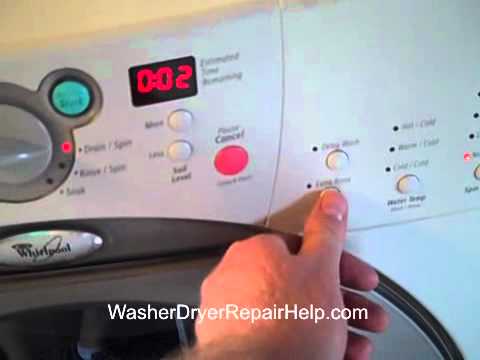

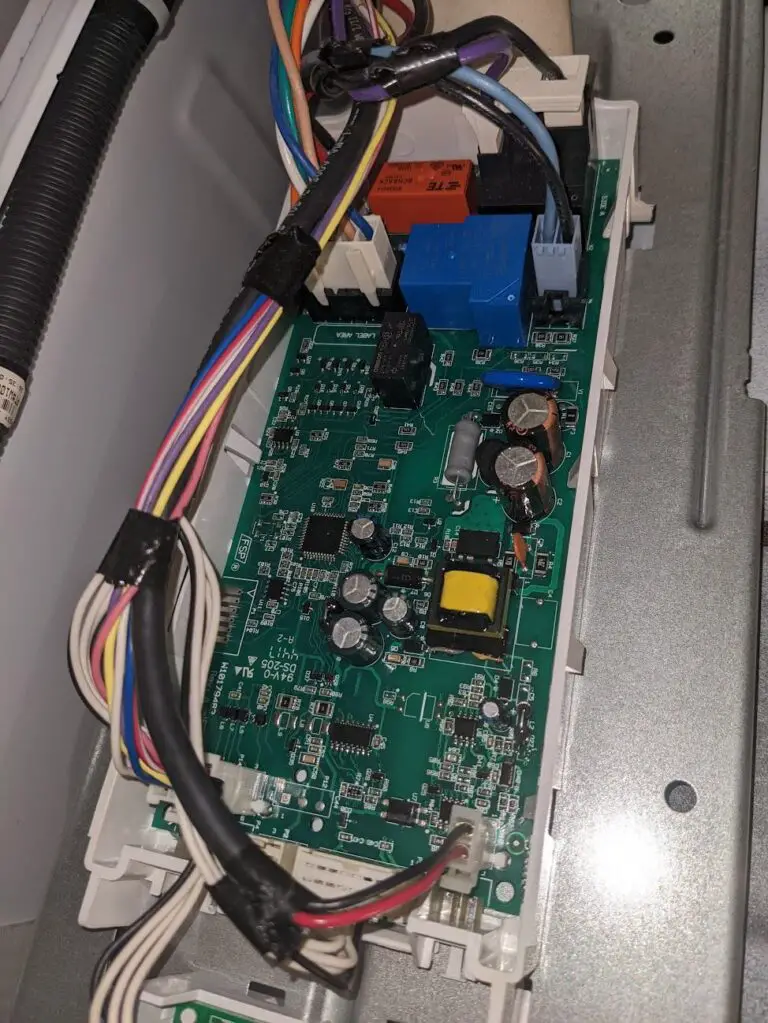
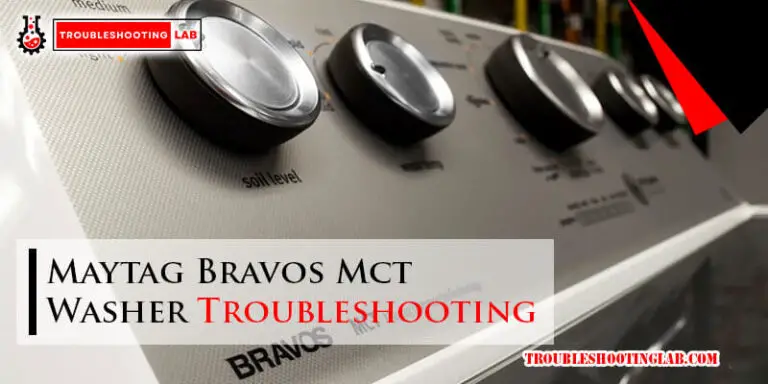
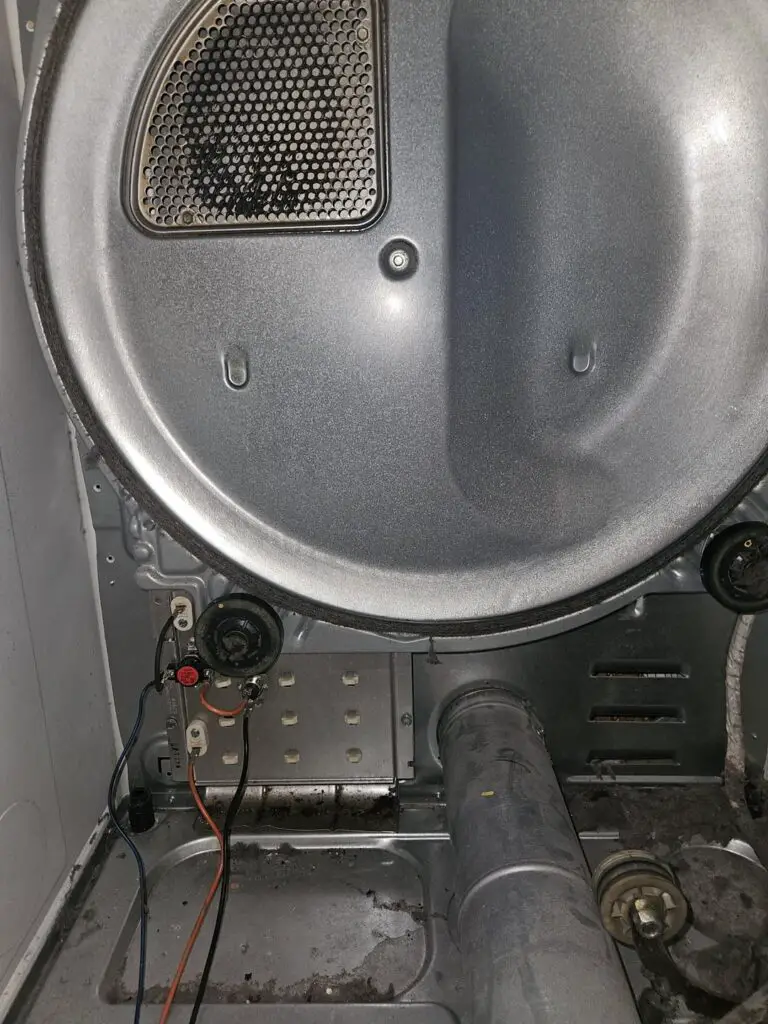
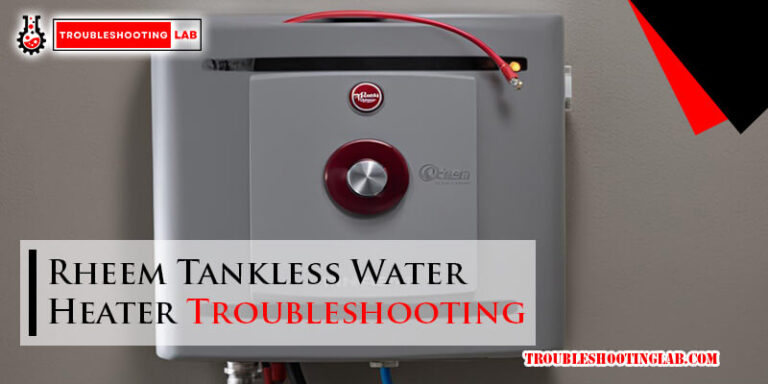
Robot 4, It go to dump site and stop and I clean the sensors and it does it cycle and it go pass the dump site and then return like it should but stop directly over the dump site and that it.
Hi there! It sounds like your Litter Robot 4 is having trouble aligning properly over the dump site, even after cleaning the sensors. Based on your description, it could be an issue with the globe’s positioning or a potential jam in the mechanism. Here’s what I recommend:
If none of these steps resolve the issue, it may be time to contact Litter Robot’s customer support for more advanced troubleshooting. Feel free to consult our Litter Robot 4 Troubleshooting Guide for additional tips!
Best of luck, and let us know if you need further assistance!